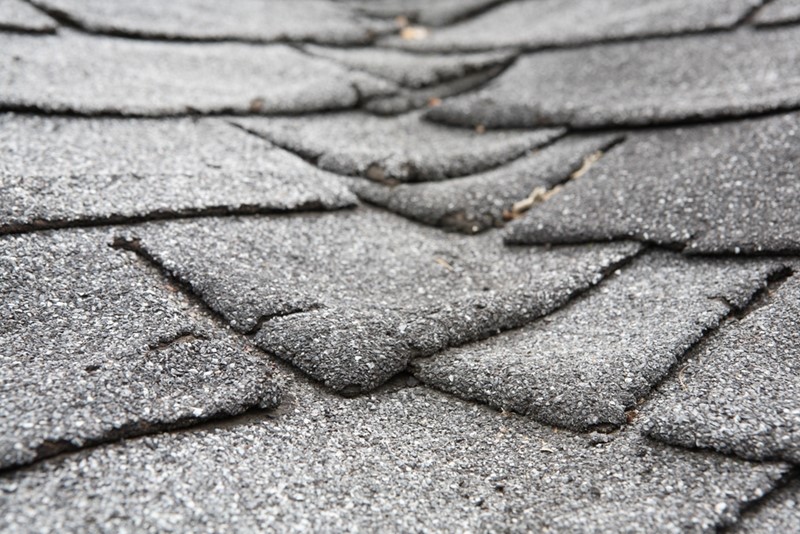While the warm weather and sunshine are the most anticipated elements of spring, there’s no doubt that this season certainly comes with its own environmental setbacks. From the inevitable downpours to gusty winds, there’s no telling what your roof and gutters will have to endure during the unpredictability of spring. Instead of rolling with the punches as the weather changes, why not adequately prepare your roof and gutters this season so you won’t have to worry later? Here are a few tips to consider when it comes to defending your roof and gutters against the nature negatives of spring:
Thoroughly inspect your gutters
It’s easy to lose track with gutter and roof maintenance during the wintertime, as the last thing anyone wants to do is take out the ladder and brave the cold. But once the weather isn’t so frightful, the first step to preparing your gutters for spring is conducting an extremely thorough inspection. It can be downright impossible to see what debris has accumulated in your gutters looking from the ground, so busting out the ladder is certainly necessary. Leaves, pine needles and water clogs aren’t the only thing you should be looking out for. Keep an eye out for any cracks, holes or other signs of wear and tear, and seal them immediately. Leaving gutter damage untreated is a surefire way to produce additional cracks in the foundation, which may result in water leaking into your home.

Guard your gutter
If you’re trying to spend spring focusing on golf or hammock sessions instead of gutter maintenance, ease your mind by installing LeafFilter. You won’t even have to break a sweat, as a team of professionals will stop by and attach your new gutter guard in a few easy steps. After installation is complete, say goodbye to clogged gutters, as the LeafFilter guarantee ensures that your gutters will stay debris-free all year long.
Spotting roof fatigue
After you’ve secured your gutters, it’s time to pay some attention to your roof. While inspecting the roof of your home, it’s important to keep several things in mind. For starters, any signs of surface decay or damage should immediately be dealt with. If your roof is made of wood, this is especially important, as a long winter season may produce instances of decay that could result in leakage or fungi buildup. Not addressing traces of algae is a fast way to progressively weaken the shingles of your roof, and once the temperatures warm up, your roof will be less effective at reflecting heat, allowing more humidity to enter your house. You can clean algae off the roof by yourself through a solid afternoon of low-pressure washing; however, extensive buildup of fungi will most likely require a professional roofing team to clean it.
Repairing rust
Those living with metal roofs will need to be on the lookout for any signs of rust. Removing surface rust will require some intense scrubbing around the area with a wire brush and sanding it down with sandpaper afterwards. High-pressured cleaning is recommended after scrubbing away traces of rust, followed by coating all scrubbed areas with a thin layer of roofing cement. This will help keep rust from coming back, and can also help patch up any noticeable holes or tears along the surface of the roof.
Scope out the ceilings
It’s not just the exterior of the roof that needs a look-over before spring settles in. Inspect all areas of your interior ceiling for any traces of mold, stains or water marks, and repair them as quickly as possible. These are indications that a leak is occurring and will most likely require attention from a professional roof repair company.

